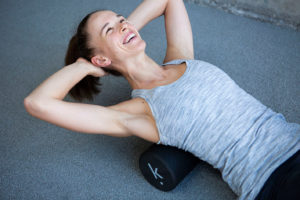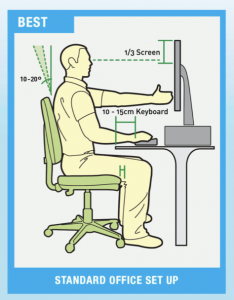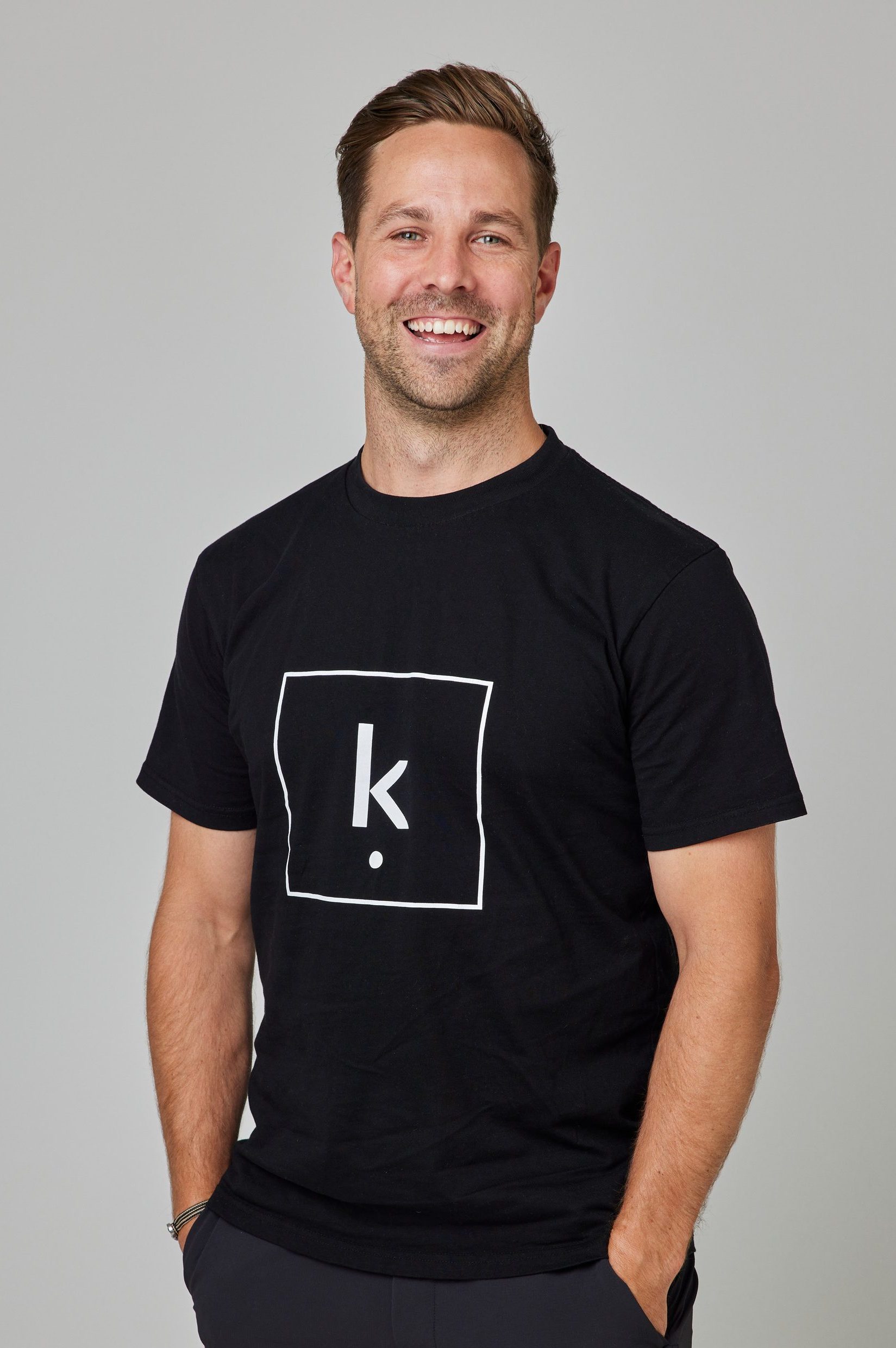What we learnt from 2020 – Part 1
February 3rdSo, we can all agree 2020 wasn’t ideal but as it stands, the outlook for 2021 is already looking exponentially brighter. Stephen King once said, “a person who doesn’t learn from the past is an idiot”. Whilst this is relatively blunt, it also rings true for many of the musculoskeletal complaints we as health practitioners were presented with throughout COVID-19 2020.
In this two part series, I will be discussing two rather broad but consistent presentations people attended the clinic with.
Part 1: Working from home related postural aches and pains
Part 2: Exercise induced overload issues
The first presentation I wish to discuss and hopefully provide some helpful hints to avoid is those working from home aches and pains. Now for some of you reading this may now be thinking “Yes Damo, you’re right, my neck and shoulders did cause me a bit of grief working from home”. Many patients would say things like “I took my work monitor home and have a good chair but I’m still in pain” or “my neck is killing me after looking down at my laptop all day!”.
This may be true but before I even discuss adequate workplace ergonomics, my first piece of advice to all of you working from home is MOVE. Please stand up and move frequently! If you don’t need to be sitting down for a phone call, DON’T! Go for a walk at lunchtime, get some fresh air, just move when you can.
Corporate Work Health Australia advise:
- Take a 30 second break every 5-7 minutes if performing repetitive typing and mouse tasks
- Take a 2-3 minute standing break every 30 minutes OR a 5 minute break every 45-60 minutes
- Take a longer 30 minute break midway through your work day and move
MOVE
Prior to COVID-19, many of you would wake up, exercise, come home, shower, walk to public transport, walk to work, go to meetings, walk around the office, go to more meetings, walk to get lunch, more meetings, walk home, walk your pet when you got home. Sadly, the majority of these movements were taken away from us without us even knowing. For this reason alone, this is why people need to MOVE more. When taking your breaks throughout the day, open up your hips, your back and give your body a break from the monotonous Groundhog Day we now associate with working from home.

MOBILISE
My second piece of advice for those working from home is when you are up and having a work break is MOBILISE. There are some great mobility exercises out there but some of my favourites for those feeling a bit stiff are:
- Thread the needle
- Open the book
- Sciatic nerve flossing
- Frog stretch
- Psoas stretching with side-bending & rotation
- Pec and upper trap release with a ball
*For best results we recommend consulting with one of our practitioners to determine the best home exercises for you and your body.

MANAGE your workstation
Thirdly, spend the time to set up your workspace effectively. Just because you bought a wizbang ergonomic chair doesn’t mean all your problems are solved. If I put you in an F1 car, you wouldn’t know how to drive it so it’s important you spend the time to ensure all the heights and measurements are right for you. The team at Corporate Work Health Australia have put together some incredibly helpful documents that you can use as a reference for setting up your desk effectively. Please, I implore you, take the time to go through each component of desk ergonomics to set yourself up right. If you need to get inventive and turn some of those cookbooks into monitor stands then please do. Get those eyes up!
https://corporateworkhealth.com.au/wp-content/uploads/2018/08/CWHA_Ergo_Training_Poster.pdf
So if you can remember the Triple M’s, it can go a long way to help you cope with the accumulative stress of sitting at your desk all day – MOVE, MOBILISE & MANAGE your workstation.
If any of your pain persists, please refer to any of the wonderful health practitioners we have here at Kinematics. We are here to help!
By Damo Ryan
Osteopath | Kinematics Strength + Recovery
